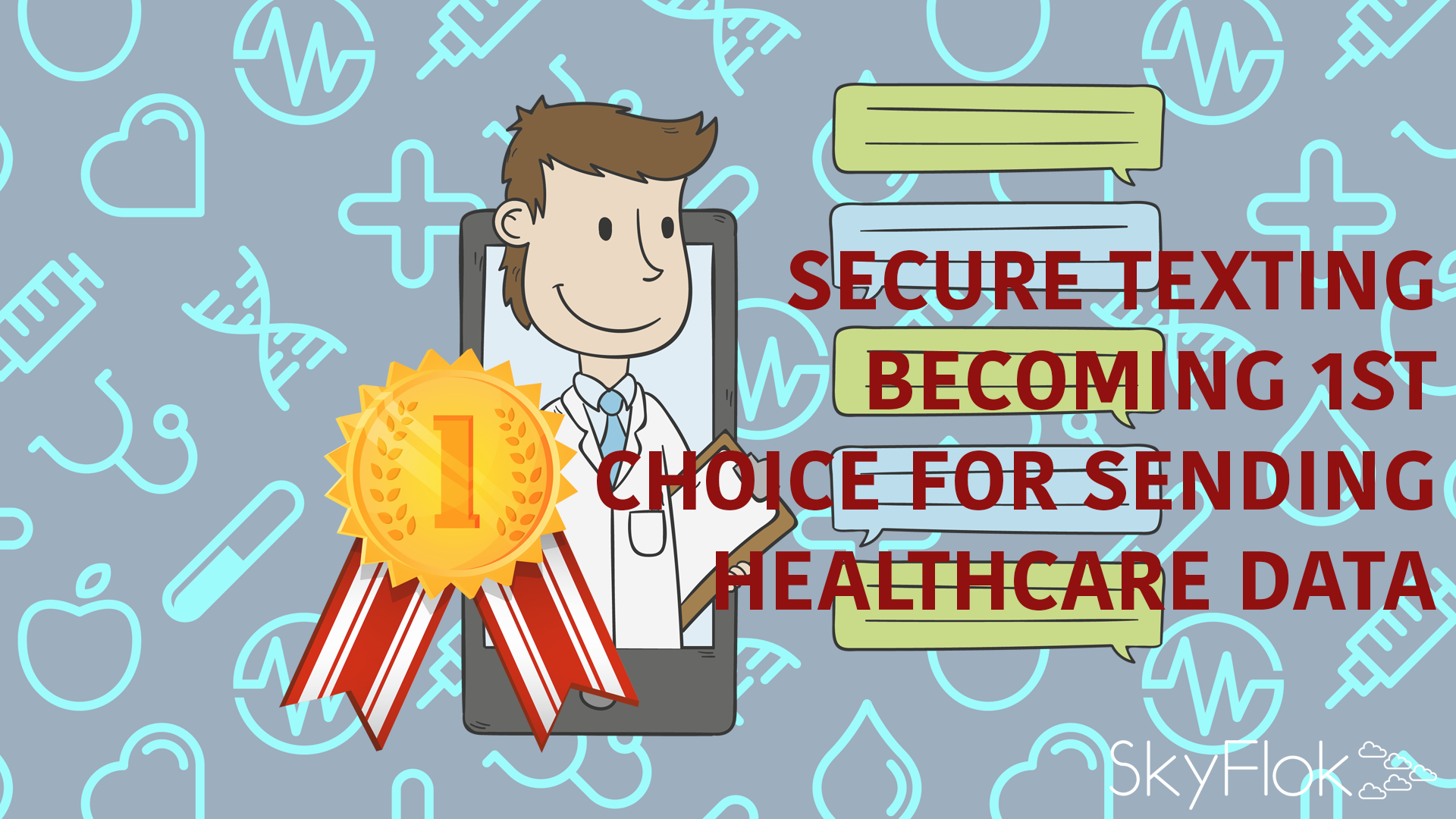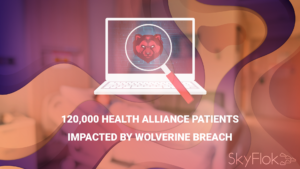“When relying on cloud services and third-party servers to manage and route messages, end-to-end encryption that reflect HIPAA’s privacy and security requirements exchanging health data are safeguarding against breaches,” observed Brown. Unfortunately, close of one-third (30%) of respondents said they still receive unsecured text communications daily that included individually identifiable information such as patient birthdays, initials, or partial to full names.
SkyFlok gives you a secure environment to communicate with your clients without risking your or your clients data privacy.
With SkyFlok you can interact with your Clients through a secure environment (Client Space) that keeps track of the events and changes to files. This is not only more secure than emails, but also more convenient in order to maintain a record for your interactions and shared files (and their versions) over time. Join us!
Eighty-five percent of hospitals and 83 percent of physician practices are using secure communication platforms between care teams, patients, and families, the survey found.
”Organizations are adopting secure text messaging platforms because texts are convenient,” said Black Book Market Research President Doug Brown.
Doc Halo ranked first among physician organizations for secure communications platforms in the 2018 Black Book Cybersecurity study of secure healthcare messaging solutions. PerfectServe, Patient Safe Solutions, Vocera, Imprivata, Spok, OnPage, TigerText, Telemediq, and Voalte also received high marks based on 18 key performance indicators specific to cybersecurity and privacy software and services.
Spok scored top among hospital systems and inpatient organizations. Qlik, TigerText, Vocera, Doc Halo, Cerner, and Imprivata were ranked among the best inpatient secure communications platforms.
“When relying on cloud services and third-party servers to manage and route messages, end-to-end encryption that reflect HIPAA’s privacy and security requirements exchanging health data are safeguarding against breaches,” observed Brown.
Unfortunately, close of one-third (30%) of respondents said they still receive unsecured text communications daily that included individually identifiable information such as patient birthdays, initials, or partial to full names.
The use of mobile technology in the healthcare industry is improving patient safety and outcomes according to 94 percent of physicians and 90 percent of hospitals leaders surveyed. At the same time, 63 percent of respondents reported ongoing challenges with buy-in of general mobile adoption strategies and related enterprise technology execution.
This year, 96 percent of hospitals are budgeting and/or are investing in comprehensive clinical communication platforms.
“Stakeholders across the healthcare industry are in the quest of finding solutions to use comprehensive real-time data and connectivity cleverly to advance patient safety, productivity, and profitability,” said Brown.
The Black Book survey results jive with a recent survey of CHIME CIOs by Spok. Close to three-quarters (72%) of respondents said that they currently use secure texting as part of their mobile strategy.
A full 79 percent of respondents said secure messaging among healthcare teams was a major factor in their mobile technology selection. Sixty percent of respondents said that receiving alerts from clinical systems, such as patient monitoring, was a major factor, and the same percentage said that being able to get critical test result alerts was a major factor in selection mobile technology.
The top challenge for using secure texting was physician buy-in (54%) followed by sufficient funding (48 percent).
Around 80 percent of CIOs said that they get buy-in by including clinician representatives on the planning committee, while three-quarters develop internal champions to achieve buy-in.
Close to three-quarters (71%) of CIOs said they base investment decisions for communications-related technologies on integration with EHR systems.
More than two-thirds (69%) of respondents stated integration with other systems was important for communication technologies, with 62 percent prioritizing ease of use for end users. Just over half — 57 percent — said meeting clinician needs was the driving factor for investing in the technologies.
Patient engagement is also important to CIOs. Half of respondents said that they have a patient experience officer or equivalent, while 45 percent said they are evolving their patient portals to support population health initiatives.
Around 30 percent of CIOs stated they use critical diagnostics results alerts, with 65 percent expecting to do so within the next three years.
Slightly less than two-thirds (65%) of CIOs said they are working to bring mobile elements into one unified strategy, while 26 percent said they are not developing a mobile care team strategy.
“The point of view behind the healthcare CIO’s desk is one of challenges and opportunities, considering future investments and measuring success,” according to the survey researchers.
“We’re looking forward to seeing how healthcare CIOs keep pace with advancing technologies — integrating their systems and ensuring adoption, while keeping the patient perspective front and center,” they concluded.
Click here to view original web page at healthitsecurity.com







